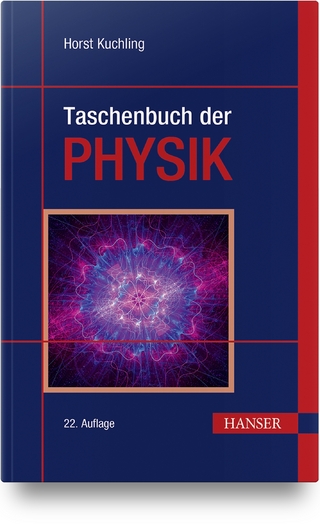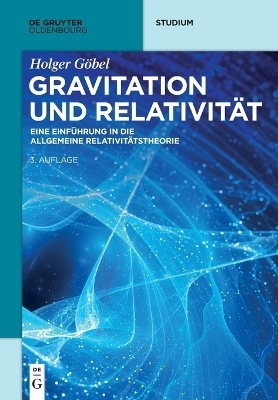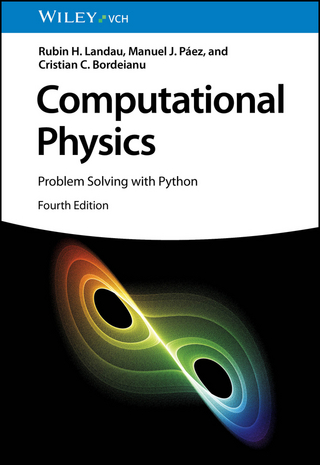Magnification Radiography
Springer-Verlag Berlin and Heidelberg GmbH & Co. K
978-3-540-07238-6 (ISBN)
Lese- und Medienproben
- Titel ist leider vergriffen;
keine Neuauflage - Artikel merken
I. Principles of Magnification Radiography.- A. Magnification Radiography in General.- B. Historical Review.- C. X-Ray Tube.- 1. Focal Spot.- 2. Measurement of Focal Spot Size.- a) Pinhole-Camera Method.- b) Estimation with Resolving Power.- c) Calculation with Resolving Power.- d) Calculation with MTF Curves.- 3. Output.- D. Specific Effects in Magnification Radiography.- 1. High Detectability.- a) Resolution.- b) Background Dispersion.- 2. Disappearance of Image of Very Small Object.- a) Filter Effect Due to Penumbra.- b) Filter Effect Due to Scattering.- c) Filter Effect Due to Contrast.- 3. Magnified Blur Due to Motion.- 4. Improvement of Visibility Due to Superposition.- 5. Variability of Magnification Ratio.- E. Image Quality.- F. Radiation Protection of the Patient.- 1. Skin Dose.- 2. Size of Radiation Field.- 3. Depth and Volume Dose.- 4. Body Thickness.- 5. High-Voltage Technique.- 6. Patient Dose Reduction in General.- II. Technique of Magnification Radiography in Clinical Practice.- A. Equipment for High-Magnification Radiography.- 1. Magnification Radiography Unit for General Use.- 2. Magnification Angiography Unit.- 3. Fluoroscopy Unit Attached with Magnification Radiography Adaptor.- B. Accessories for Magnification Radiography Unit.- 1. Filter and Cone.- 2. Grid.- 3. Intensifying Screens and Film.- C. Positioning.- 1. Positioning Based on Anatomical Knowledge.- 2. Positioning Based on Interpretation of Previously Taken Normal Roentgenogram.- 3. Positioning by Means of X-Ray Television.- D. Magnification Ratio.- 1. Definition of Magnification Ratio.- a) Magnification Ratio Relative to Lesion.- b) Magnification Ratio Relative to Skin Dose.- 2. Determination of Magnification Ratio for Non-Moving Organ.- 3. Determination of Magnification Ratio for Moving Organ.- E. Adequate Field Size.- F. Test Marker.- G. Exposure Factors.- H. X-Ray Television Magnification Fluoroscopy.- III. Clinical Significance of Magnification Radiography.- A. Magnification Radiography Conducted with Small Focal-Spot Tubes.- B. Magnification Radiography without Administration of Contrast Media.- Case 1 (Bone): Gout.- Case 2 (Chest): Silicosis.- C. Magnification Radiography with Administration of Contrast Media.- Case 3 (Abdomen): Atrophic Hyperplastic Gastritis and Gastric Ulcer.- Case 4 (Chest): Embolism of Oily Contrast Medium in Lung.- Case 5 (Chest): Bronchial Asthma.- Case 6 (Chest): Chronic Obstructive Pulmonary Disease.- Case 7 (Salivary Gland): Sjogren Syndrome.- Case 8 (Abdomen): Mucosal Pattern of Small Intestine.- D. Magnification Radiography of Vessels.- Case 9 (Popliteal Fossa): Carcinoma of the Skin.- Case 10 (Chest): Chronic Obstructive Pulmonary Disease.- Case 11 (Chest): Pulmonary Carcinoma.- Case 12 (Chest): Mediastinal Tumor.- Case 13 (Abdomen): Carcinoma of Body and Tail of Pancreas.- Case 14 (Abdomen): Renal Cell Carcinoma.- References.
| Zusatzinfo | biography |
|---|---|
| Verlagsort | Berlin |
| Sprache | englisch |
| Gewicht | 600 g |
| Themenwelt | Naturwissenschaften ► Physik / Astronomie |
| Technik | |
| ISBN-10 | 3-540-07238-1 / 3540072381 |
| ISBN-13 | 978-3-540-07238-6 / 9783540072386 |
| Zustand | Neuware |
| Haben Sie eine Frage zum Produkt? |
aus dem Bereich



